Get automatic help on any assignment
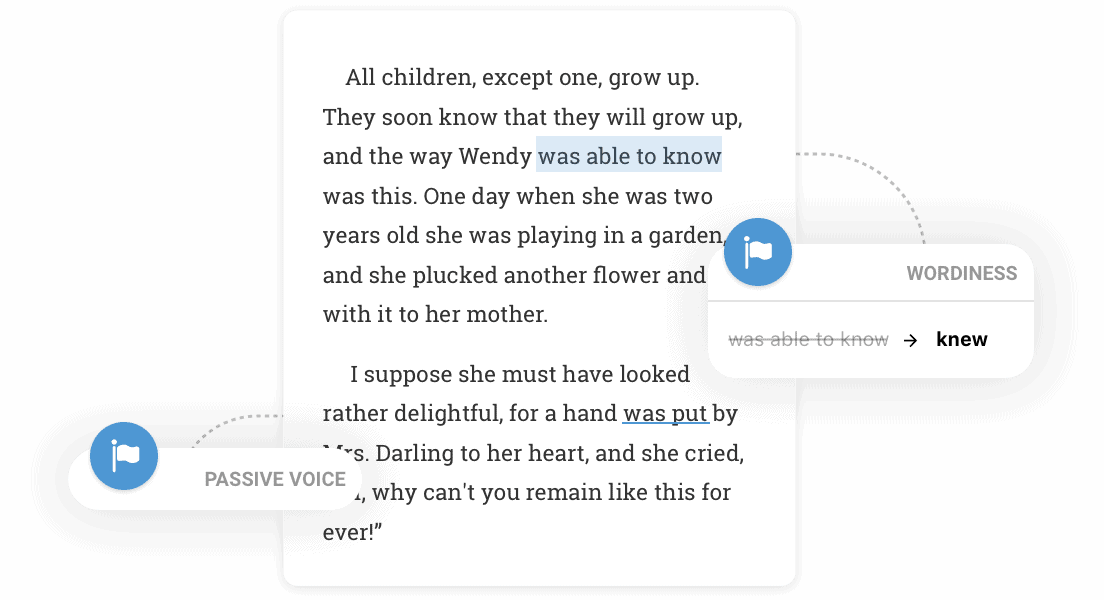
Find and fix grammar errors
Don't give up sweet paper points for small mistakes. Our algorithms flag grammar and writing issues and provide smart suggestions.
Get Started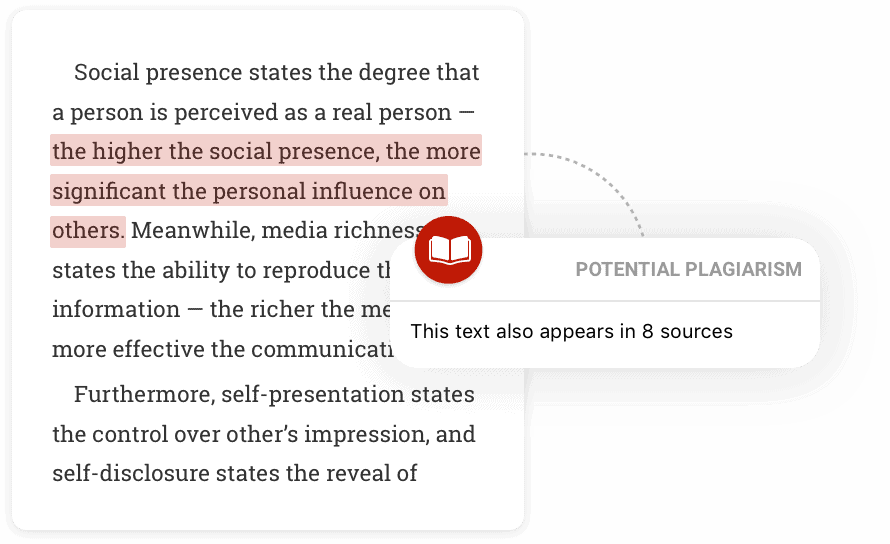
Check for unintentional plagiarism
Scan your paper the way your teacher would to catch unintentional plagiarism. Then, easily add the right citation.
Get Started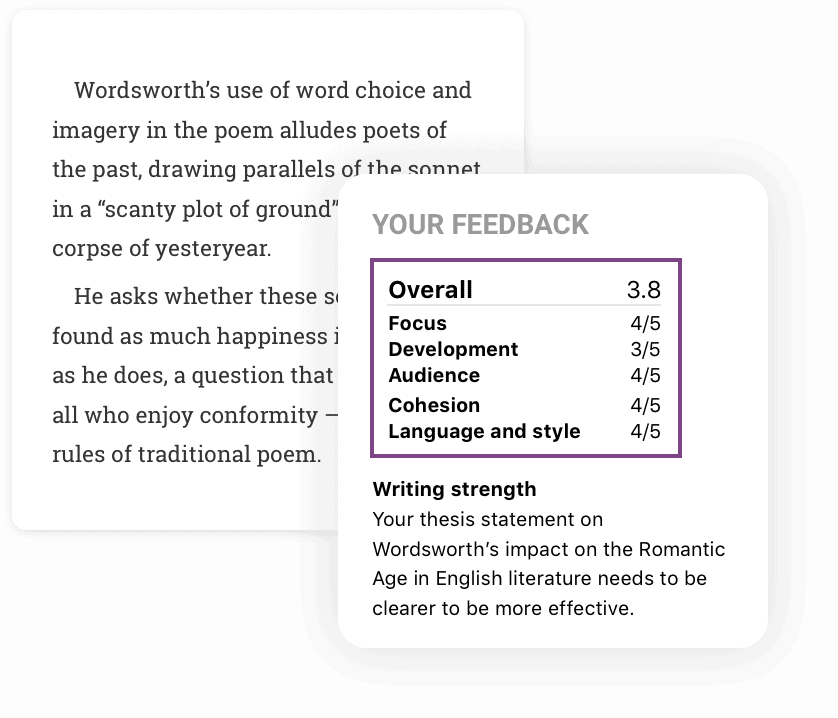
Strengthen your writing
Give your paper an in-depth check. Receive feedback within 24 hours from writing experts on your paper's main idea, structure, conclusion, and more.
Get Started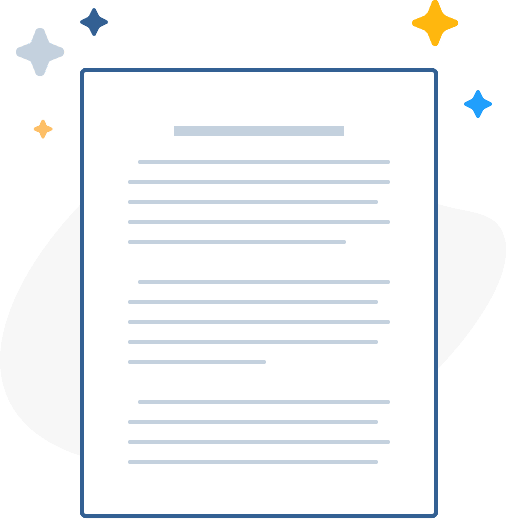
What is paraphrasing?
Paraphrasing, like quoting and summarizing, is a way to incorporate sources into your writing. It is a method you will likely use when completing research assignments.
When you paraphrase, you put the source material into your own words, but you don’t change the meaning or cut out ideas. This is different from summarizing. In a summary, you do cut content so that you include just the main ideas. A summary is meant to be concise and is always shorter than the original text. A paraphrase, however, is often about the same length as the original material.
A paraphrase is also different from a quotation, which reproduces the wording of the source exactly and uses quotation marks to signal this.
How is paraphrasing helpful in your paper?
Maintain your voice
Paraphrasing lets you incorporate sources while keeping more of the essay in your own voice. This is a good choice when the particular wording of the source isn’t so special or precise that you want to keep it. It’s also a good choice if you don’t need to analyze the actual wording of the source (as you probably would in an English class.) Because you have to have a good understanding of the source in order to put it in your own words, paraphrasing can also show greater mastery of the material.
Prevent choppiness
A significant number of quotations, even if they’re done correctly, can make the paper seem choppy. Paraphrasing gives more variety to your source integration. It keeps your essay from seeming like a list of quotations and helps it to flow better.
What can go wrong with paraphrasing?
While paraphrasing is a great way to integrate sources, there are a couple things to watch out for.
Unintended plagiarism
Paraphrasing is where a lot of unintended plagiarism happens. Sometimes when people try to put the source into their own words, they only do so part of the way. They’re still leaning on the wording of the original to some degree. Paraphrases don’t have quotation marks, so, if someone doesn’t have quotation marks but is still using wording from the original, they are, technically, conveying that the wording is theirs, even if they don’t mean to.
A partial paraphrase that still leans on the wording and/or sentence structure of the original is considered plagiarism. This could lead to a grade penalty, depending on the instructor’s policies. To avoid plagiarizing, credit should still be given to the source material with an in-text citation, and you should use wording that is different from the original source.
Awkward paraphrases
Paraphrasing is challenging. You have to be able to put the material in your own words. This doesn’t mean you can’t use the same key terms as the source. If the source is talking about photosynthesis, for example, you can still say photosynthesis in your paraphrase. But it does mean you have to change up the overall phrasing and sentence structure. It’s not enough to substitute a few synonyms. This is important, not just for avoiding plagiarism, but to truly have the material in your own voice, which is one of the main benefits of paraphrasing. If the paraphrases aren’t in your own voice, they won’t match the parts of the essay that are. This can create awkwardness and inconsistencies in tone or style.
Sometimes, though, rephrasing something is just hard. That’s part of the learning process and comes with practice. Avoid awkward constructions, such as passive voice, modifier errors, pronoun reference errors, and vague wording, that can make your text difficult to read and confusing.
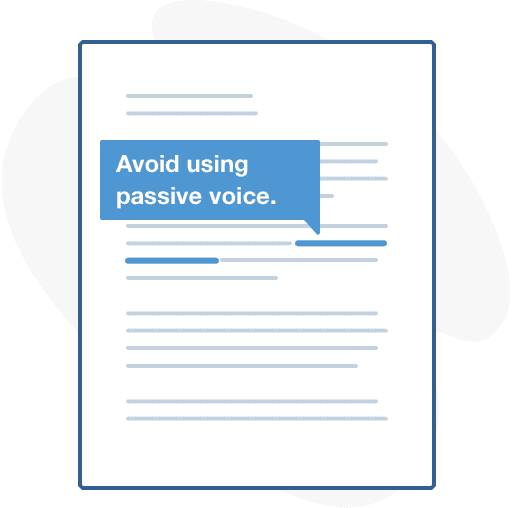
How can Citation Machine writing tools help?
Flag wording that matches other texts
One of the biggest challenges of paraphrasing is making sure your paraphrase keeps the meaning of the original while using your own wording and sentence structure. One plagiarism scan using Citation Machine writing tools will flag wording that matches other texts. This gives you a chance to rework your paraphrases before turning the paper in. You could also decide to turn a paraphrase into a quotation for more challenging passages.
Keep track of citations
Paraphrases need in-text citations. The source must also be cited on a separate references page (APA format) or works cited page (MLA format). When you’re doing a research paper with lots of sources, it can be hard to keep everything organized and ensure all the citations match up to their corresponding paraphrase or quotation.
Citation Machine writing tools will flag parts of your paper that should have an in-text citation and link to the source that should be cited in the citation. Don’t know how to make a citation? No problem! There are also Citation Machine tools that help you create and save citations, both for in the text of your paper and for your reference list at the end of your paper.
Together, all of these tools will help keep your research organized and help to make sure you don’t forget a citation!
Identify awkward wording
Do you want to make sure your paraphrases sound natural and easy to read? The Citation Machine writing tools can flag awkward constructions that might confuse readers. This might mean vague wording, passive voice, mixed constructions, and other issues, both of style and grammar. The tool will explain why the text was flagged and offer suggestions or guidance for you to generate your own rewording. This means you can make sure the correction fits your voice and you can also learn new ways to make your writing stronger.
Help you improve your own writing
Citation Machine writing tools show you paper sections that could be strengthened and reasons why they were flagged. This means you have a guide to creating a clearer, more concise paper and can learn as you edit.
Great! How do I use the Citation Machine writing tools?
At the top of this page is an area to input a paper. Simply copy and paste (or upload) your paper there and click “Check my paper” to begin! The first 5 grammar suggestions are free! If you’re interested in seeing all of your paper’s suggestions or accessing the plagiarism checking tool, try the 3-day free trial to start.*